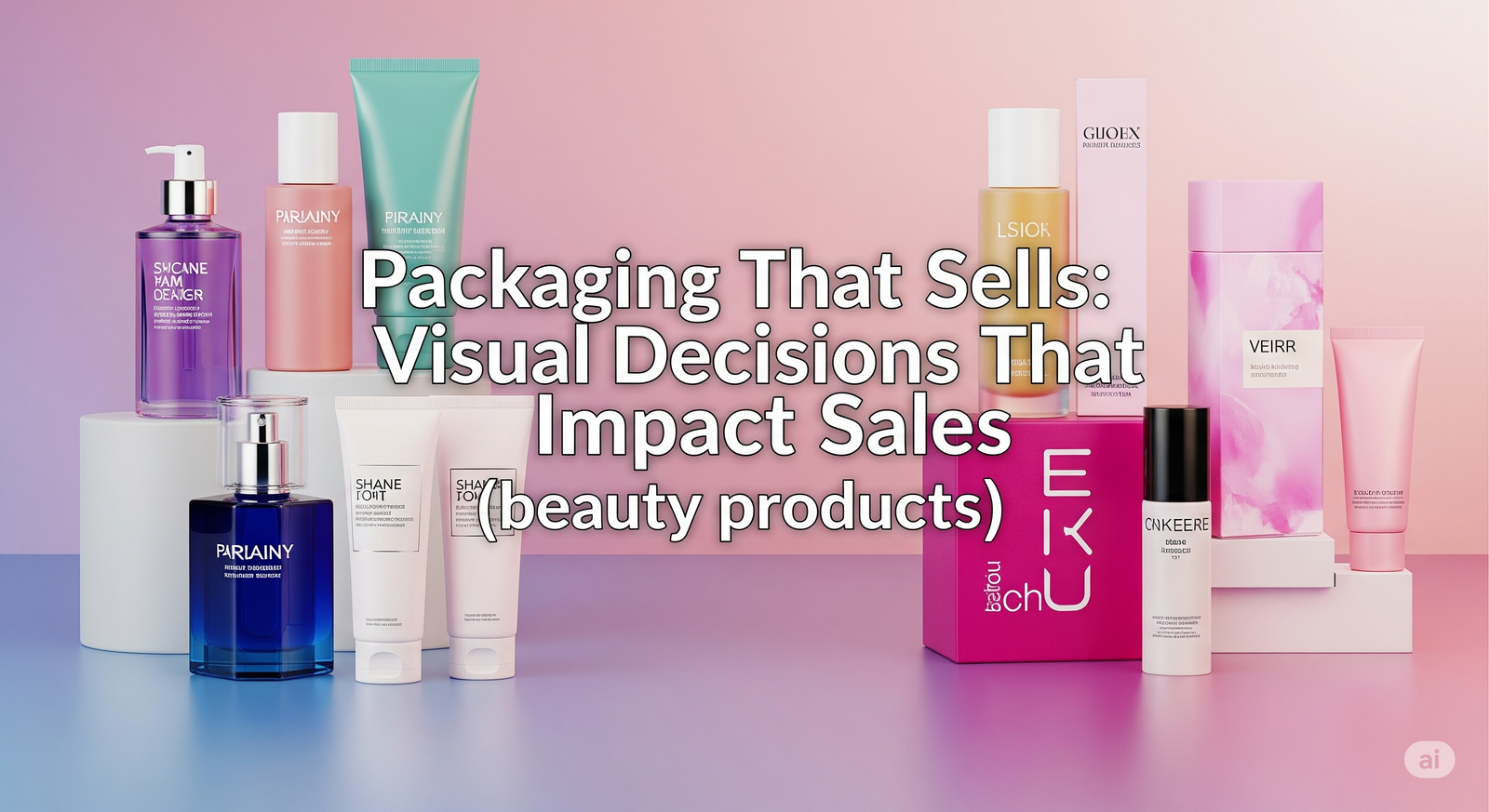How Visual Design Impacts Your Customer Retention in Beauty
Discover how visual design drives customer retention in beauty. Learn how consistency, storytelling, and motion help build lasting brand recall and repeat sales.
18 Jun'25
By Niharika Paswan

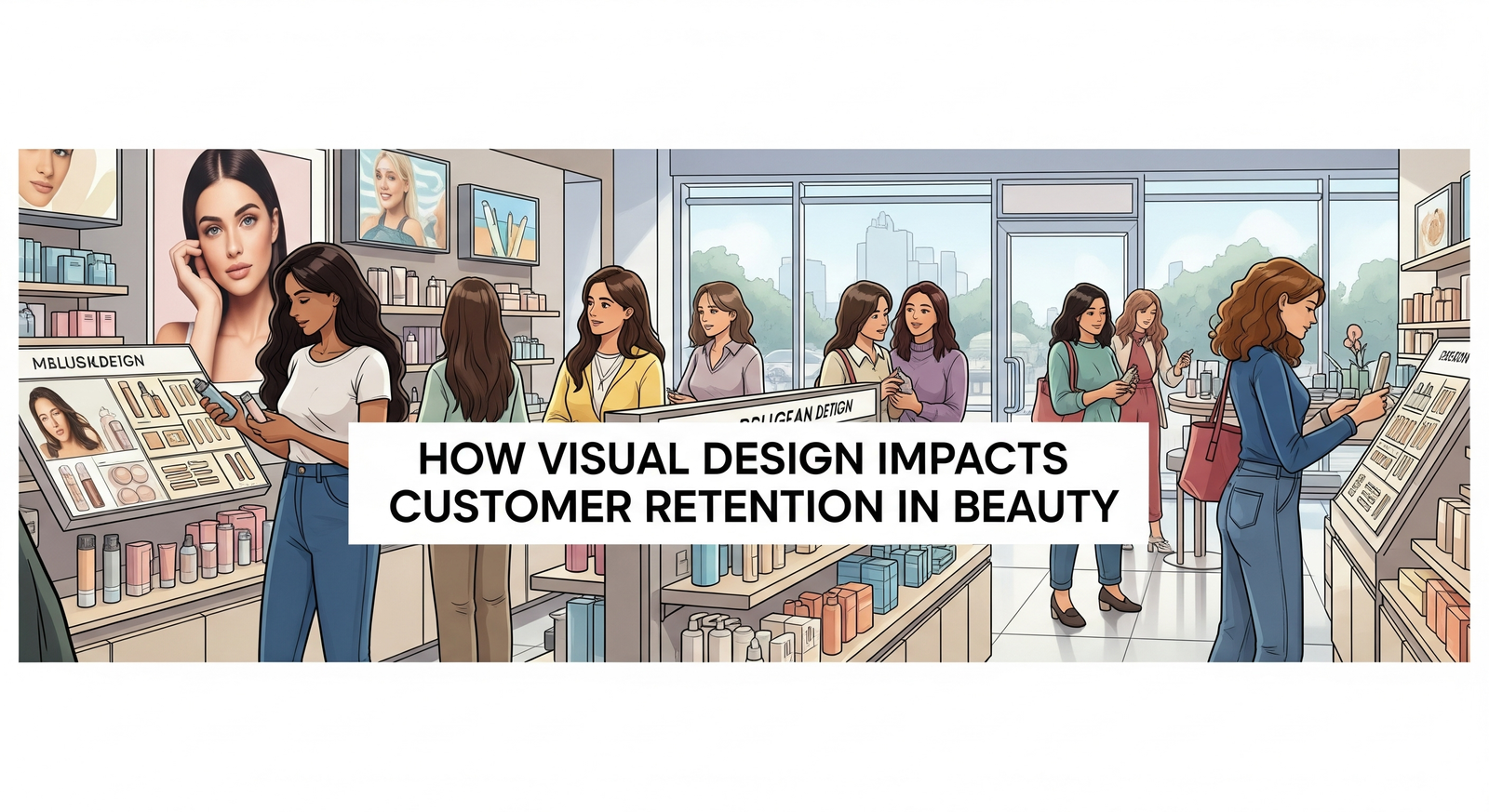
How Visual Design Impacts Your Customer Retention in Beauty
Customer acquisition is flashy. It gets the budget, the brainstorms, and the launch-day champagne. But in the beauty industry, retention is where brands become legacy. It’s the difference between a one-time blush buyer and a brand-loyal advocate. And more than price, ingredients, or even product efficacy, it’s visual design that keeps a customer coming back.
In the crowded digital beauty shelf, what stays in the mind wins. When your brand’s visuals are distinctive, consistent, and story-rich, they become shorthand for quality and trust. And that trust builds retention.
But many beauty brands, especially D2C or emerging ones, focus their visual efforts on launch bursts or seasonal campaigns. They think of design as decoration, not memory. As a result, they’re constantly chasing new customers instead of holding the attention of the ones they already won.
Let’s dive into how visual design can become your strongest retention strategy and how beauty brands can design not just to impress, but to last.
Visual Design Is More Than Aesthetic: It’s Memory
Your visuals are not just how you look. They are how you’re remembered.
When we talk about visual retention in beauty, we’re talking about more than just using the same color palette or font. We’re talking about building a visual memory loop. A pattern your audience starts to recognize and associate with your brand across packaging, posts, swatches, and even how your motion feels on screen.
This memory loop matters because modern customers are overexposed. They see hundreds of beauty visuals a day. What stands out? Not just what’s different but what’s consistently familiar.
Consider Glossier. The pink pouch. The clean typography. The soft light. You don’t need the logo to know who it is. That’s visual retention at work.
Your brand may not have global recognition yet. But you can still build memory with design cues that your audience can spot in a second. When she scrolls, she should stop not because it’s loud but because it feels like you.
The Link Between Storytelling and Retention
Design without story is noise. In beauty, where purchase is often emotional, story becomes the stickiness factor. A beautifully packaged serum means little if the customer doesn’t connect to the journey behind it.
Here’s where visual storytelling comes in.
Through animation, motion design, or even static layout, you’re not just showing product, you’re telling story:
- The transformation from bare skin to glowing finish
- The ritual of a morning routine featuring your toner
- The before/after of one swipe of your lip tint
These visual stories reinforce how the customer feels when using your product. That feeling when repeated becomes part of her beauty identity. And identity builds brand loyalty.
Consistency Is Comfort
Many beauty brands spend their early growth stage experimenting with different content styles. One week it’s moody, the next pastel. One month it’s influencer-heavy, the next minimal. While variety can feel creatively rich, inconsistency creates a barrier to retention.
Customers don’t want to re-learn what your brand stands for every time you post. They want comfort. Familiarity. A feeling that this brand knows itself and therefore can be trusted.
Consistency doesn’t mean boring. It means having a recognizable visual language. Your animations follow a rhythm. Your swatches follow a layout. Your copy pairs with your tone. Over time, these elements create trust not just in your visuals but in your product.
The more consistent your visuals, the less energy your customer has to spend figuring you out. And that means more space for emotional connection and return visits.
Packaging and Post-Purchase Design Matters Too
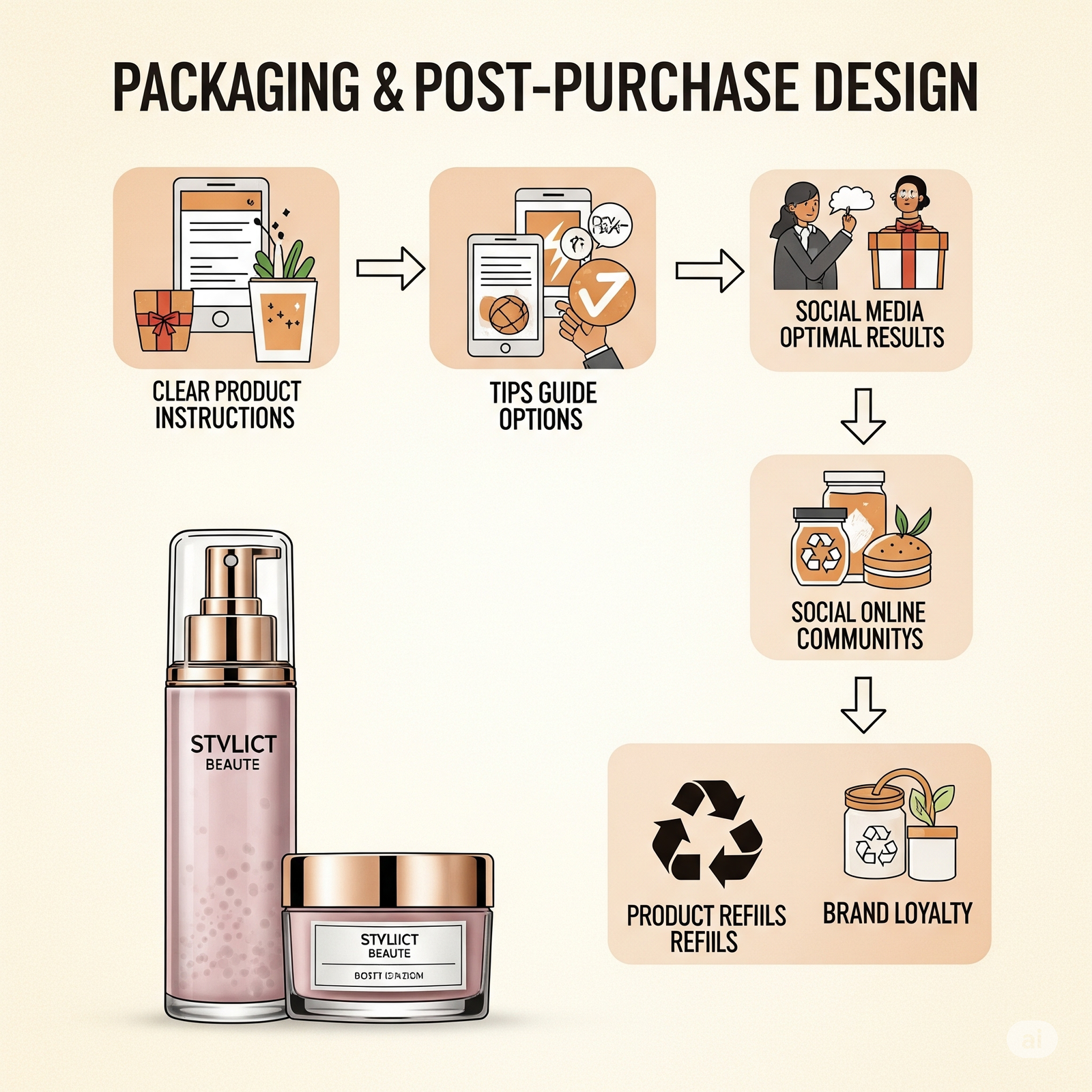
Retention isn’t just a digital game. What happens after purchase also feeds visual memory. Think about the unboxing experience. The thank-you card. The refill reminder email.
Every post-purchase touchpoint should feel visually aligned with your online presence. If your website is all clean neutrals and your mailer is loud and cluttered, it breaks trust. It feels like two brands. That tiny inconsistency can plant doubt even if the product is good.
When the post-purchase experience feels like a seamless continuation of your brand’s visual identity, the customer feels seen. She’s more likely to tag you, return to reorder, or recommend you to a friend. These moments are small, but they stack up into brand longevity.
How Motion Creates Deeper Retention
Still images are scrollable. Motion is memorable.
In beauty, especially skincare and cosmetics, movement tells the story of texture, payoff, blendability, and feel. A serum dripping in slow motion. A lipstick gliding across a bare lip. These visual cues don’t just inform, they stick.
Motion builds visual cues that get filed into the customer's mind. When she thinks about applying a product, she remembers how yours looked in motion. That connection between product and memory is powerful and it doesn’t fade fast.
This is especially key for retention. Motion content not only converts, it helps your brand stay in the customer’s mind long after she’s purchased. So when it’s time to restock or try something new, she remembers your visuals first.
Building Beauty Visuals That Keep Customers Coming Back
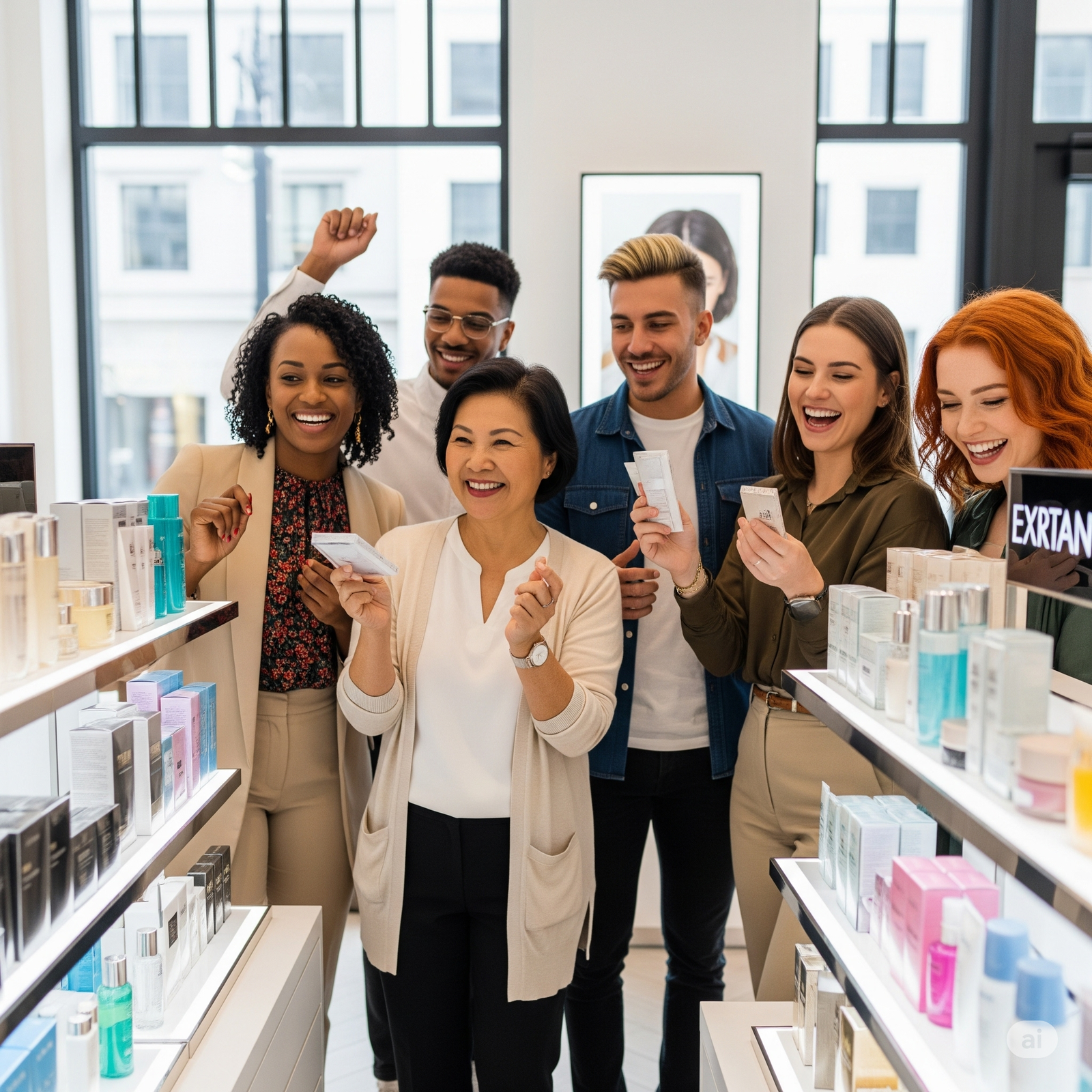
At Admigos, we help beauty brands go beyond surface-level design. Our visual strategy is rooted in recall. Not just clicks, but memory.
We craft content systems that anchor your product’s story through every format, be it swatches, reels, animations, or after-purchase visuals. With a clear visual rhythm and sensory storytelling, we help brands create design elements that repeat, echo, and return across customer touchpoints.
That’s where repeat purchase lives. Not in a coupon code, but in recognition.
When your customers remember how your serum looked melting into skin, when they recall the feel of your blush reel’s color story, when they spot a visual and instantly think, “that’s you”, that’s visual retention at work.
And it leads directly to customer retention.
Make Design Work Harder Than the Discount
A returning customer is a sign your brand stuck somewhere in her mind. Maybe it was the texture payoff in your reel. Maybe it was the packaging that felt right in her space. Maybe it was how your content made her feel seen.
The best part? Visual retention compounds. The more familiar your brand feels, the easier it is to say yes to again. That means you can rely less on discounts, reminders, and churn-fighting tactics. Your design starts doing the relationship-building.
So the next time you plan your creative direction, ask:
- Will she recognize this in 2 weeks?
- Will she know it’s us without the logo?
- Will this design remind her why she came here in the first place?
If the answer is yes, you’re on your way to building something more powerful than attention. You’re building memory. And that’s what retention is made of.
In a beauty market built on trends, visuals are your legacy. Make them last.
— By Niharika Paswan
Why Your Beauty Brand Campaign Isn’t Converting (And How to Fix It)
Struggling with beauty campaigns that don’t convert? Learn how visual-messaging mismatches hurt performances and how to fix them for better ROI and lower CAC.
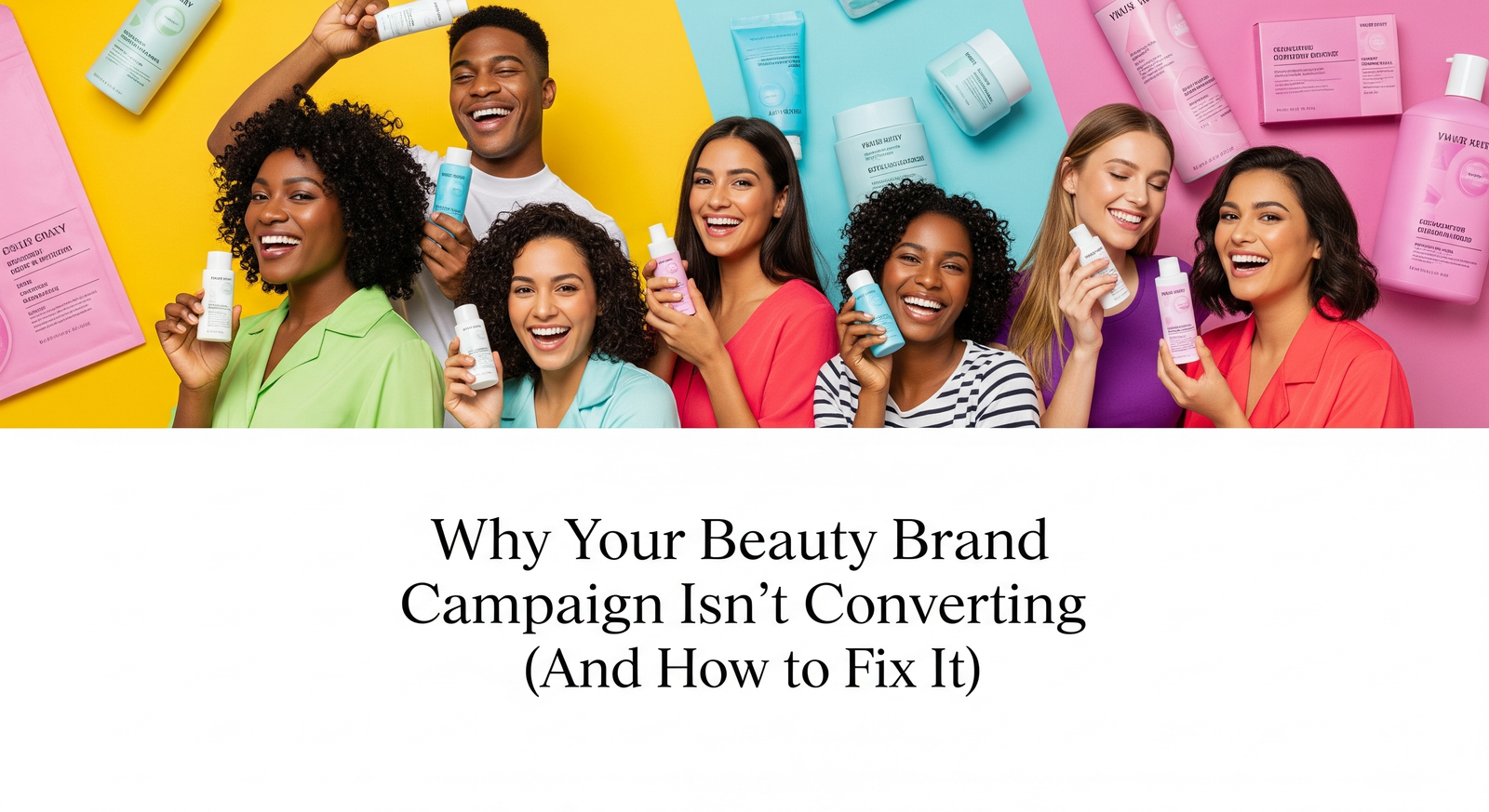
Packaging That Sells: Visual Decisions That Impact Sales
Bring your packaging to life. Discover how packaging animation for cosmetics, 3D design, and unboxing videos create packaging design that sells and boosts campaign success.
